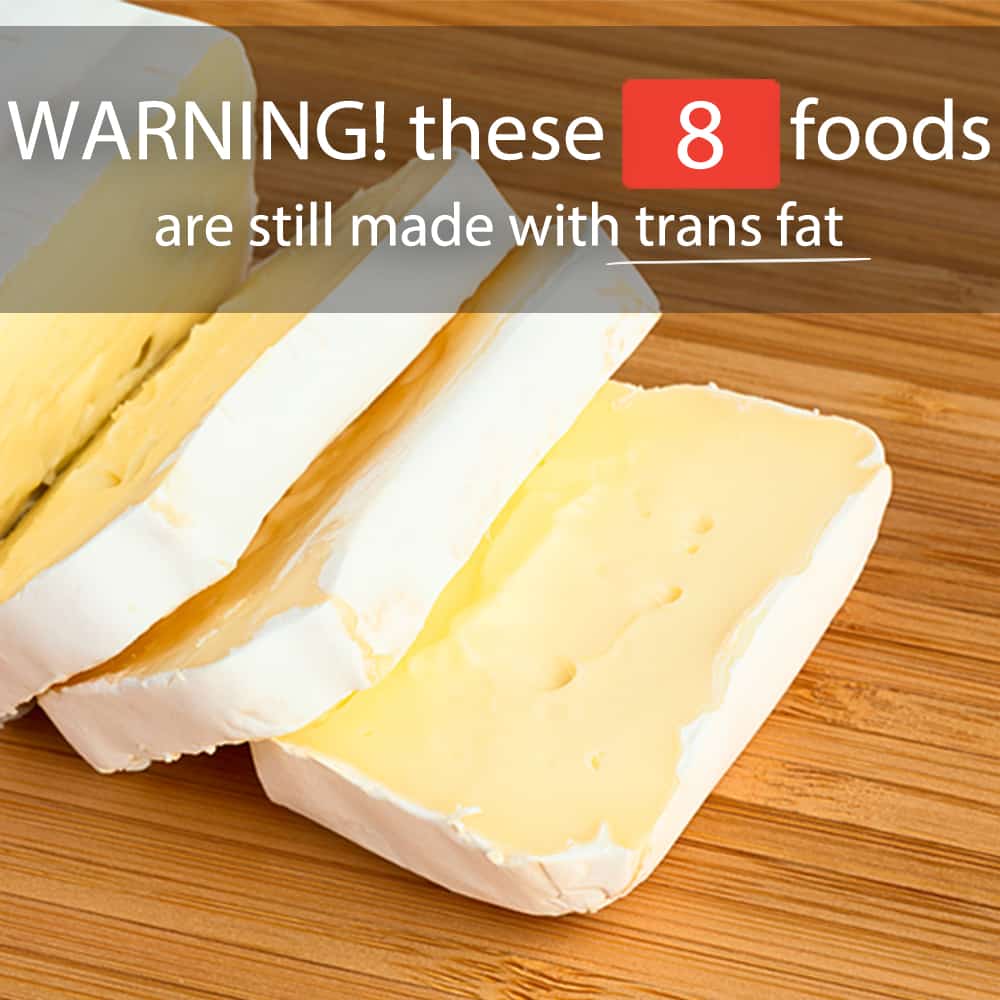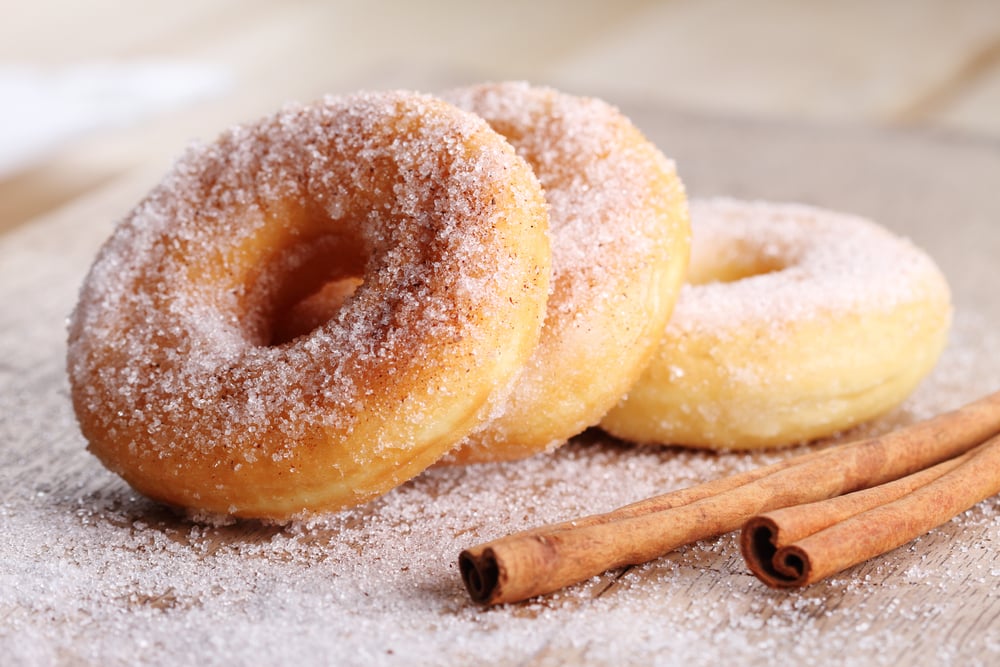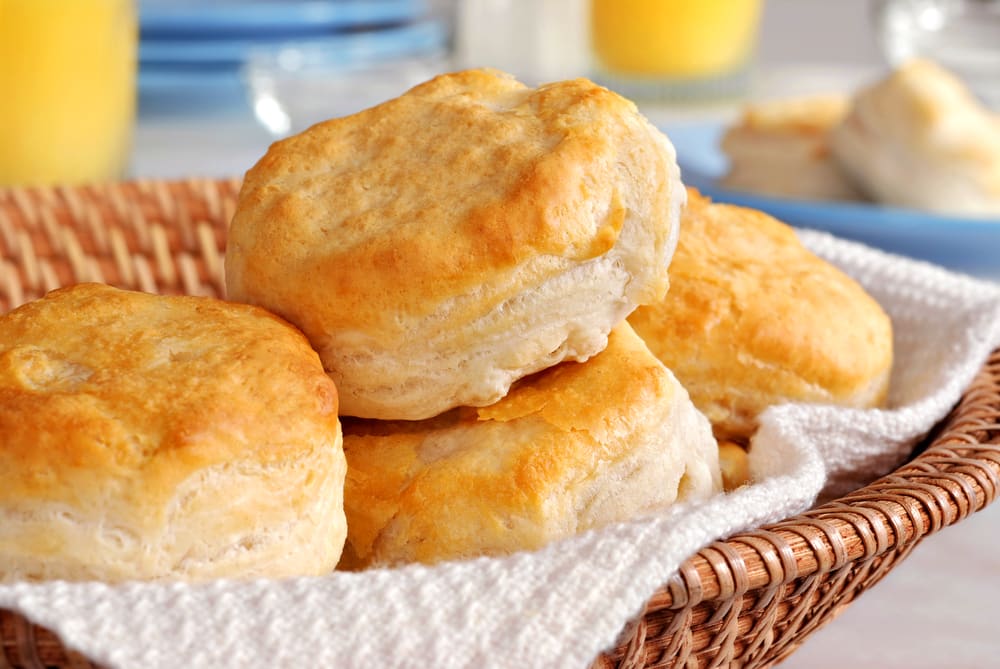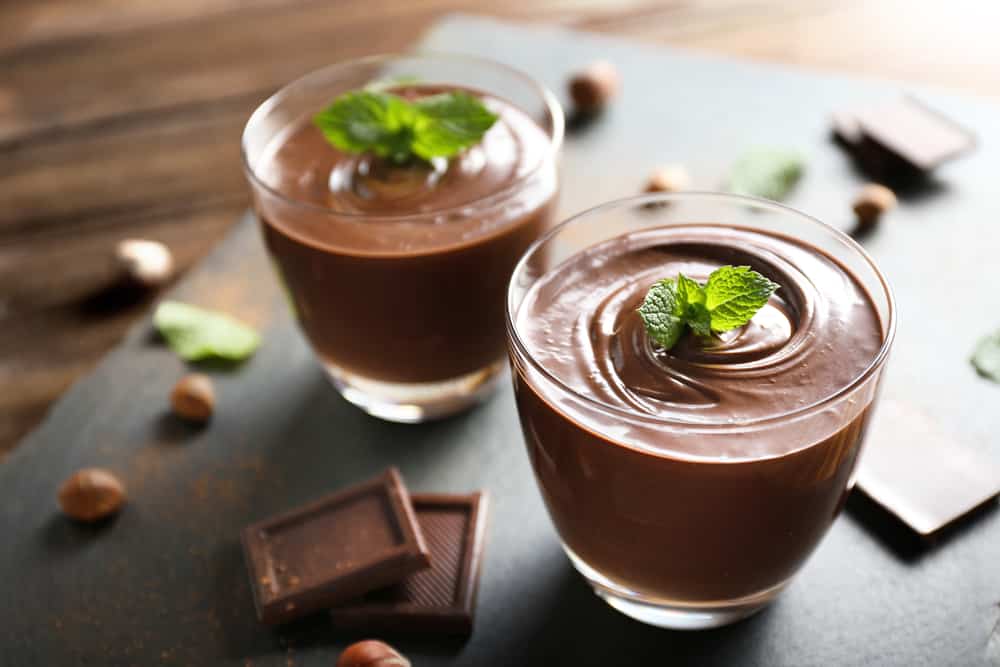The majority of the foods you eat go through some kind of processing. Even fruits and vegetables go through very small amounts of processing before they hit grocery store shelves. The more processing a food goes through, the less healthy it is to eat. The problem is, food manufacturers don’t make unhealthy ingredients very easy to detect. Many harmful ingredients are hidden in plain sight on food labels — you’ve just never been taught how to look for them. Trans fat just happen to be one of these stealthy specimens.
Of all the dangerous food additives out there, trans fat is possibly one of the worst. It’s so dangerous, in fact, that the Food and Drug Administration no longer recognizes it as safe for humans to eat. Though companies are gradually phasing it out of their products by law, it hasn’t all disappeared quite yet. Let’s look at what trans fats are, why they are so harmful, where they might be hiding, and how to spot them.

What is trans fat, exactly?
To understand what trans fat is, it is important to know the different types of trans fat. There are two main types: natural trans fats, and artificial trans fats. If you’ve ever looked at the nutrition information of an animal product like beef or steak, you’ve probably noticed it contains trans fats. However, these are natural trans fats. Animal products like meat have them from the beginning — they aren’t added during any processing. While they’re not great to eat in large amounts, they aren’t nearly as dangerous as synthetic or artificial trans fats.
Artificial trans fats are the type of fat you should avoid at all costs. To create these fats, manufacturers add hydrogen to vegetable oil. This makes the oil solid at room temperature (oil is usually liquid). According to Mayo Clinic, companies use trans fat for several primary reasons. Trans fat keeps food from spoiling, giving it a longer shelf life. This is why trans fats used to be so common in processed foods. Restaurants also like to use oil containing trans fats in deep frying, because they don’t have to change it as often as regular vegetable oil.
For the rest of this article, when we talk about trans fat, we’re talking about the dangerous, artificial kind. Though all trans fats are harmful, artificial trans fats are significantly worse for your health. Before we get into foods to avoid, let’s break down why exactly trans fats are so bad for you to eat.
Why is trans fat so bad for you?
You know what trans fat is. But what makes it as terrible as it sounds? This can seem confusing, because when people talk about fat in food, they almost always refer to your heart. What’s tricky is that some types of fat are good for your heart, while others are your heart’s worst enemy. Let’s think of trans fat as your heart’s arch nemesis. When it enters your body, it’s out to do some serious damage — damage that could eventually cost you your life.
Most consumers — and many experts — still blame saturated fats for a worldwide increase in rates of heart disease. They’re not the worst offenders, however. Trans fats win that prize. According to research, all types of trans fat can raise your risk of developing heart disease. Even if you limited your saturated fat intake, but still ate large amounts of trans fat, you’d still cause major damage to your heart. Here’s how.
Trans fat and your heart
You have two types of cholesterol — good cholesterol, and bad cholesterol. Good cholesterol’s job is to pick up the extra bad cholesterol in your blood and take it to your liver. The more bad cholesterol you have, the harder good cholesterol’s job becomes. Guess what happens when you eat foods containing trans fats? Your bad cholesterol levels go up.
When that happens, the bad cholesterol, which your good cholesterol can’t clean up fast enough, builds up in your arteries. The substance that builds up in your arteries, mostly made up of cholesterol and fat, is called plaque. Since your good cholesterol can’t keep your arteries clear, plaque buildup gets worse and worse. Left untreated, you could have a heart attack, or a stroke.
Eating fewer foods containing trans fats is one of many ways to keep your heart healthy. The good news is, even though trans fats are terrible for you, you won’t have to worry about them much longer.
The future of trans fat
It’s probably really unsettling, realizing that foods still contain an ingredient as dangerous as trans fat. How could they do this to us? Why do these chemicals still exist? Thankfully, our days of worrying about these horrific fats are nearing their end — finally. Experts — and government officials — realize how damaging these fats can be. So they’re removing them, for good.
In 2015, the United States Food and Drug Administration announced that trans fats no longer qualify as generally recognized as safe. “Generally recognized as safe” foods often include additives that science hasn’t proven harmful yet. As noted above, science has proven the dangers of trans fats more than once. Therefore, by mid-2018, you won’t be able to find trans fats in foods even if you try. It’s now a law that manufacturers need to stop using them.
Until all trans fats are officially removed from our food, though, you still have to keep close watch on certain products. Here are a few trans fat-containing foods you should stay away from.

Doughnuts
Lovers of glazed, fried dough, you’re about to hear some news you’re not going to like. If you’ve ever eaten a glazed doughnut from Krispy Kreme, you know how delicious (and non-nutritious) these circular slices of heaven are. Unfortunately, they’re even worse for your health than you thought. Every glazed doughnut from good old-fashioned Krispy K contains trans fats. In particular, these doughnuts contain partially hydrogenated cottonseed oil. It’s used in shortening during baking to produce the doughnut-like texture you’re expecting. You might want to rethink your breakfast choice next time you’re stopping for something on the go.
Frozen microwave dinners
Many people buy frozen microwave meals for the convenience, even though they tend to cost a lot per box. You might want to consider spending your money on food that won’t clog your arteries, though. Certain frozen dinner brands, like Hungry Man, still sell meals made with trans fats. In cases like these, the company adds trans fats to help preserve the frozen food inside each box. A frozen dinner can sit in your freezer for a long time before you have to throw it out. That’s probably not a good sign.
Pancake and waffle mixes
Pre-made waffle and pancake mixes are super convenient. The flavored ones taste great, too. You should generally watch out for foods flavored artificially, though. Hungry Jack pumpkin spice mixes bring everyone’s favorite season right to your table, for example. Unfortunately, that comes with a cost: trans fat. Their regular mixes don’t have it, which implies it’s all in the flavoring. If you want pumpkin spice-flavored waffles or pancakes, it’s probably a good idea to make your own from scratch. Convenience and deliciousness really aren’t worth the risk.

Biscuits
There’s honestly nothing better than biting into a warm, flaky, and delicious biscuit. Except there is — because some of the best biscuits in town are still trying to hide trans fats from you. Many restaurants, including KFC, still use trans-fatty oils to bake their products to perfection. They’re irresistible, but don’t let yourself fall into the trap. Granted, the biscuits you make at home won’t taste exactly like these. But your heart’s going to thank you later.
Coffee creamer
If you’re one of those people who can’t have your morning coffee without creamer, you might be safe (ish). Unless you choose a type that’s labeled as sugar free, of course. Coffeemate, for example, sells a sugar free coffee creamer that contains — you guessed it — trans fat. Once again, in an attempt to preserve your creamer for as long as possible, they added a chemical that could technically kill you. Even though they contain more sugar, regular creamers are a much better option than creamers loaded with trans fats. Put a little bit of actual sugar in your coffee if you want it sweet, but trans-fat free. just don’t use artificial sweeteners! From what we know right now, those are terrible for you, too.

Pudding cups
What’s the best thing about pudding that comes in small cups? Everything — except the ones that have trans fat in them. Snack Pack chocolate pudding cups, we’re giving you some serious side-eye right now. This pudding can last in your pantry basically forever, but only if you’re willing to pay the price (your arteries are screaming just thinking about it). Making your own pudding from scratch won’t last that long in your fridge. However, you’ll get a great tasting dessert out of it, and won’t have to fill your blood with extra bad cholesterol in the process.
Crackers
Think you’re making a healthier choice when you reach for a package of crackers instead of a bag of potato chips? Think again. One of the most popular snack brands, Ritz, makes these little bite sized crackers — you may have heard of them: Ritz bits. Ritz bits peanut butter crackers actually have a little trans fat in them. (It’s OK — take a minute. This is tough to swallow.) Even worse, these crackers also contain saturated fat, which isn’t good for you, either. Honestly, regular Ritz crackers with trans fat-free peanut butter are a much healthier option, even though you (probably) can’t fit more than one in your mouth at once.

Microwave popcorn
You thought you were doing the right thing, planning a movie night at home to avoid eating popcorn smothered in butter. The corn you just popped in your microwave, it turns out, might actually hurt you more than all that fake, delicious movie theater butter. Orville Redenbacher’s caramel-flavored popcorn still contains butter flavorings with trans fat in them. You really need to ask yourself if it’s worth the caramel taste! Pop your own corn; add your own flavor. It’s safer, it tastes better, and you don’t get weird chemicals on your fingers.
It isn’t always easy to find even the worst additives in your food. You especially know this if you’ve ever tried to eat healthy for five minutes, scanning every food label with a magnifying glass. Food shopping and ordering out can feel like a nightmare. It’s a good thing most restaurants and companies post their nutrition information online. This makes it much easier to avoid ingredients that could hurt.
Still, labeling is often misleading — and confusing! Don’t automatically trust a product that claims to be “trans fat-free” without checking the ingredients list. At the moment, companies can legally say their food has zero trans fat, even if there are up to 0.5 grams of trans fat within it. It’s crucial that you keep an eye out for the words “partially hydrogenated oil” among a label’s ingredients. This is the name trans fat tries to hide behind. Though you won’t see “trans fat” on a label, if you see partially hydrogenated oil, either put that food right back on the shelf or don’t order it.
Sooner than you think, you’ll start seeing artificial trans fats less and less, until they’re gone forever. Until this day comes, be vigilant. It’s quite possible you may never consume another ounce of trans fat in your life. Become an expert trans fat detective. Especially avoid the foods listed above (no matter how much you might love them). It’s better to eat foods without added ingredients anyway. The more you incorporate fruits, vegetables, lean proteins, and whole grains into your diet, the easier it gets to avoid these dangerous chemicals. Fear not! Healthy eating can be a difficult adjustment. But once it becomes a habit, you’ll never want to go back to your junk food diet ever again.


